In regions prone to wildfires, creating a defensible space around your property is essential for safety. This blog offers an in-depth look at strategies for safeguarding homes from wildfires, focusing on effective landscaping and maintenance practices that reduce fire risk.
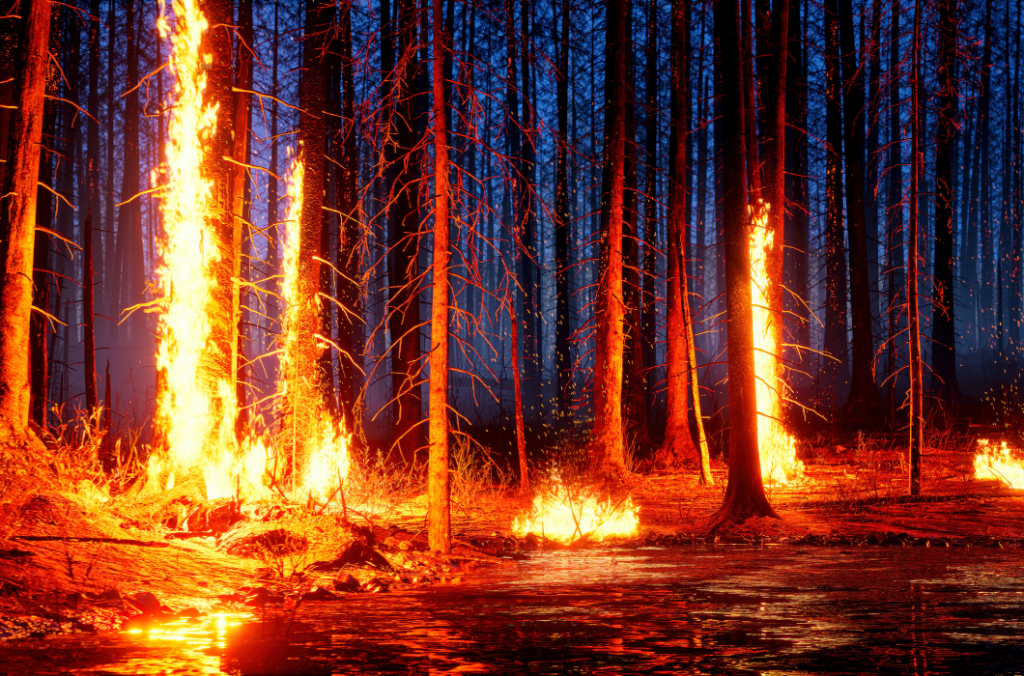
Understanding Defensible Space Zones
Defensible space is a well-established approach to wildfire prevention that involves creating buffer zones around your property. These zones are designed to slow the spread of fire and provide a safe area for firefighters to operate.
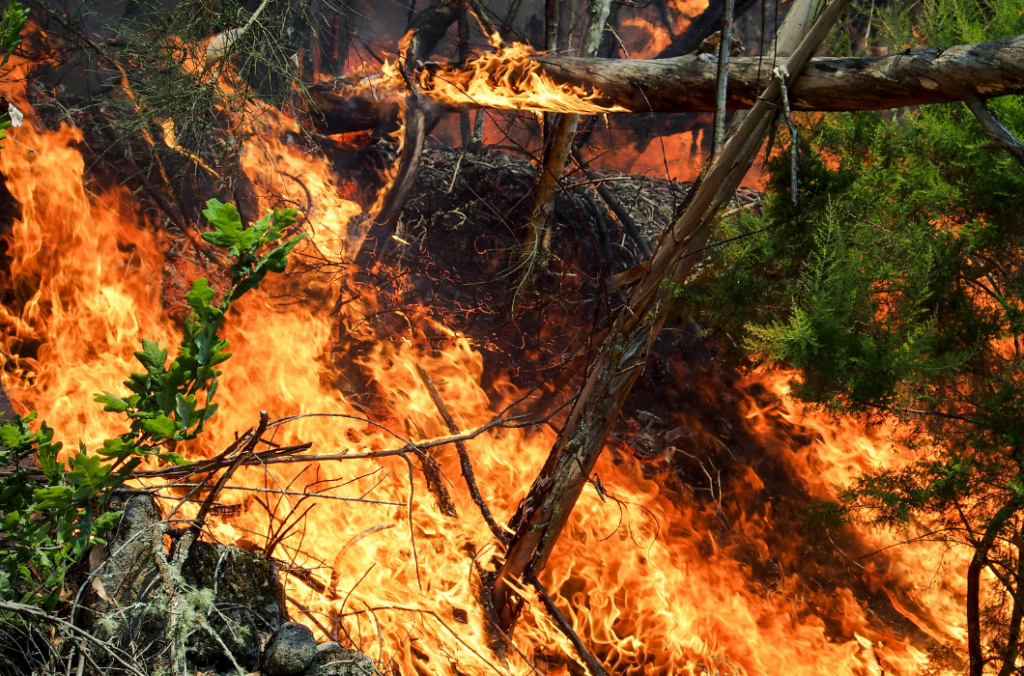
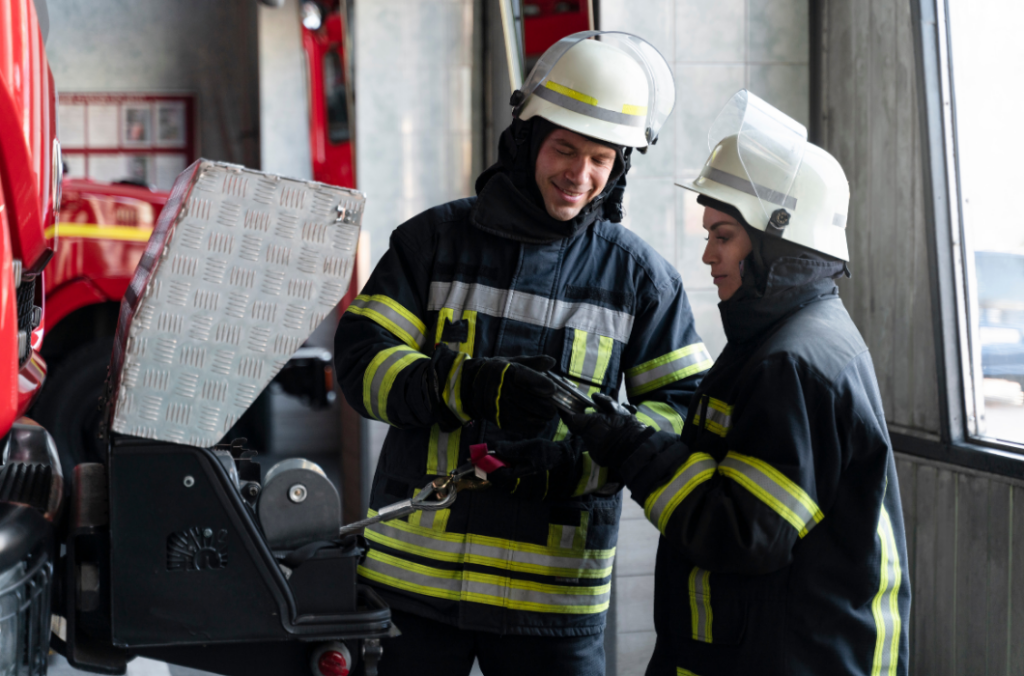
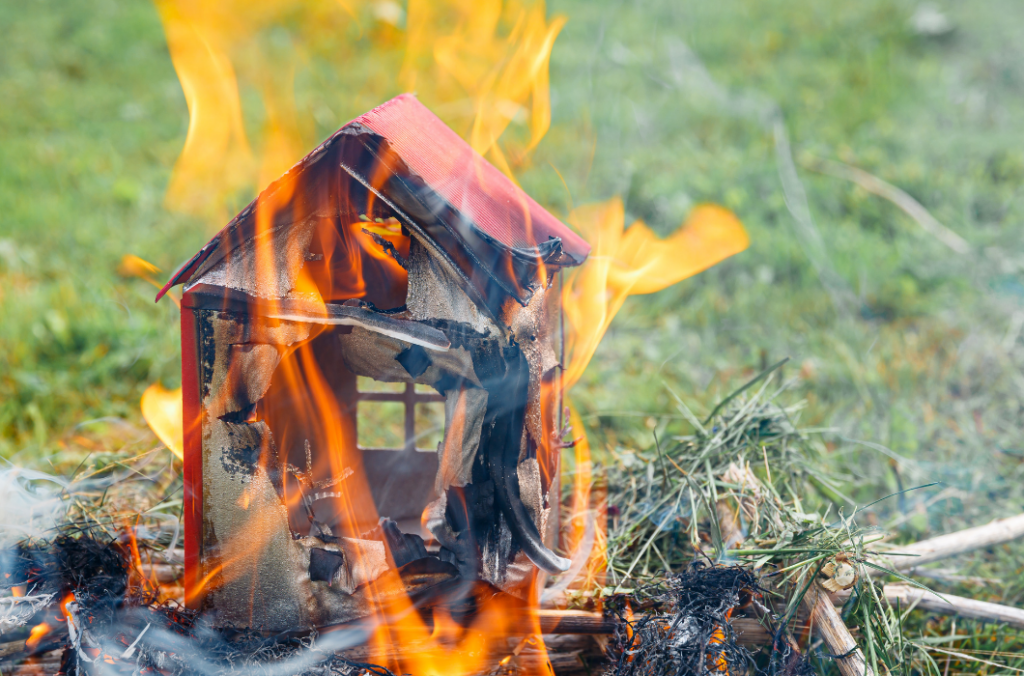
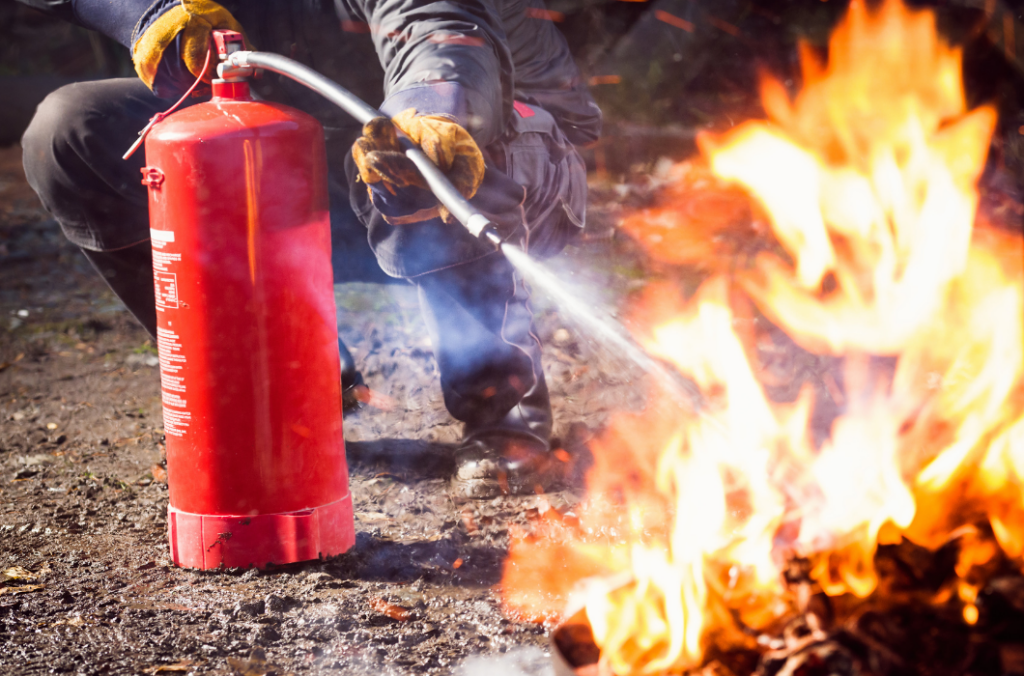
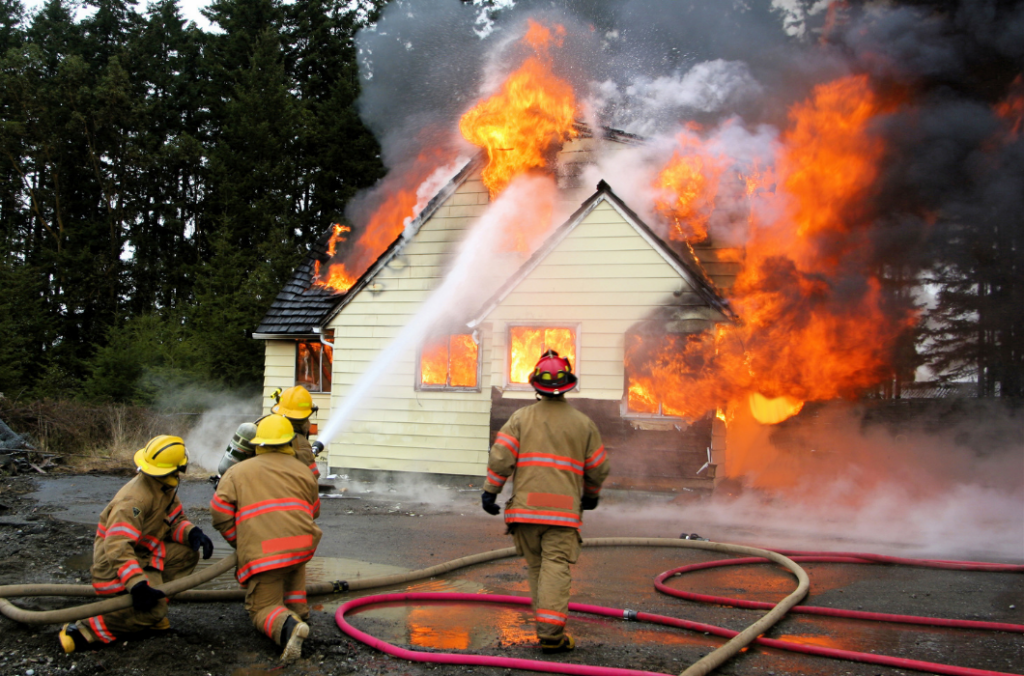
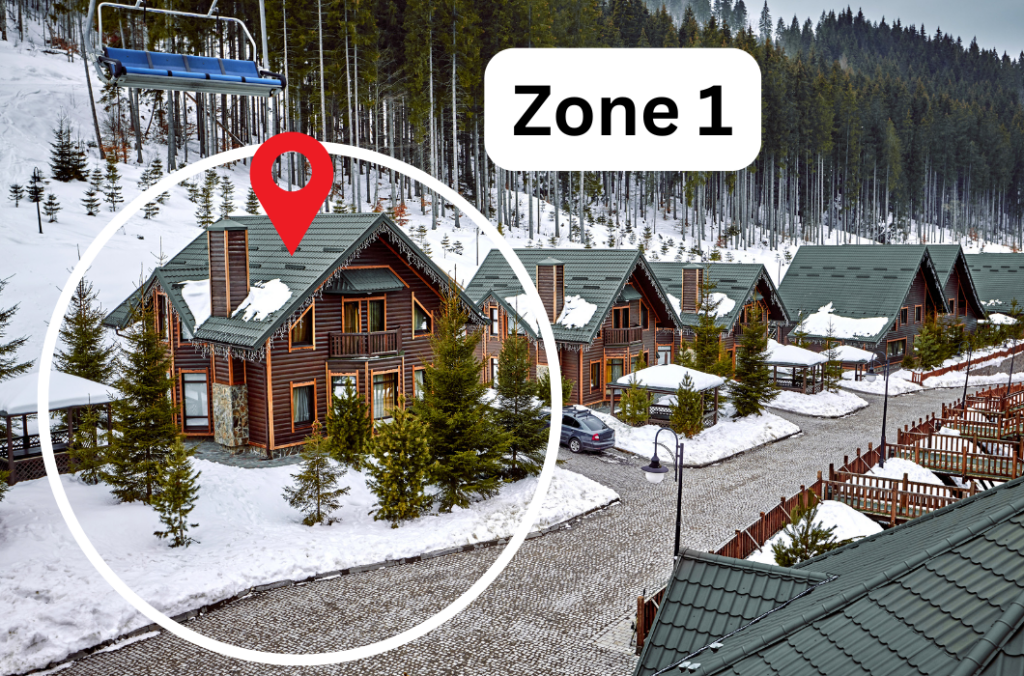
1. Zone 1: Immediate Zone (0-30 feet)
- Objective: Keep this area directly around your home lean, clean, and green to minimize fire risks.
- Actions:
- Utilize fire-resistant landscaping and non-flammable materials like gravel or brick close to the home.
- Maintain low plant density with ornamental plants that are less flammable.
- Regularly clear away debris and dead vegetation to eliminate potential fuel sources.
- For more information on creating a fire-resistant zone, you can explore detailed guidelines from sources like Keeping Your Home and Property Safe from Wildfire.
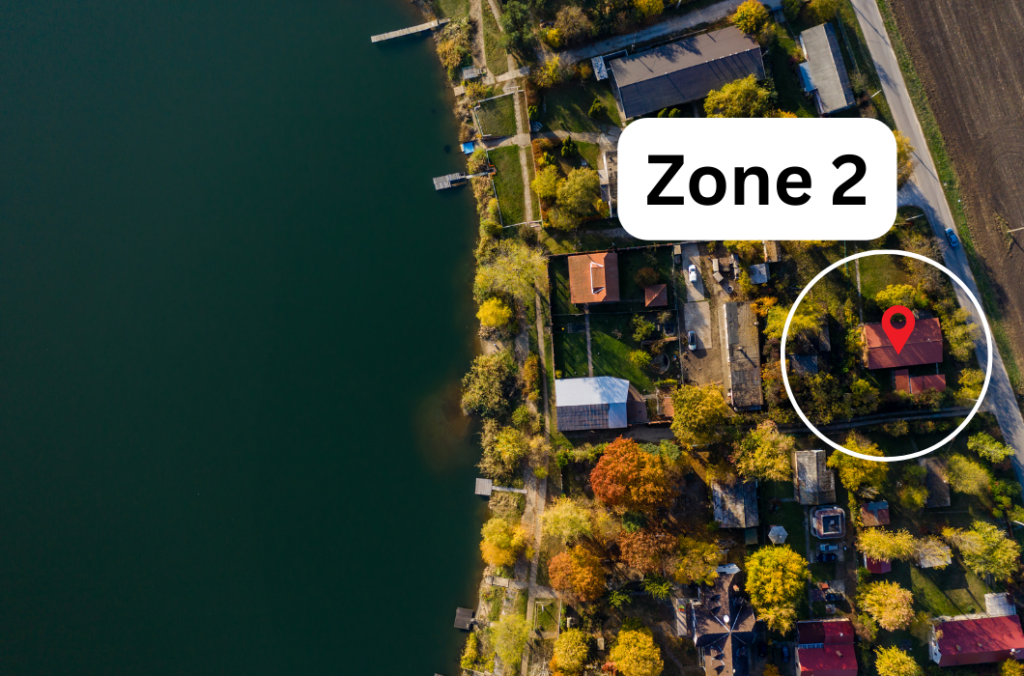
Zone 2: Secondary Zone (30-100 feet)
- Objective: Focus on reducing fire intensity through long-term maintenance and vegetation management.
- Actions:
- Manage vegetation to prevent fire from climbing into the canopy of mature trees.
- Space out trees and shrubs, regularly pruning them to reduce potential fire fuel.
- Every few years in a 5-8 year timespan, important to thin out dense tree/shrub areas to slow spread of fire; redux ladder fuels by removing low branches and shrubs directly under trees; remove invasive weeds
- Keep grass mowed and remove dead plant materials routinely.
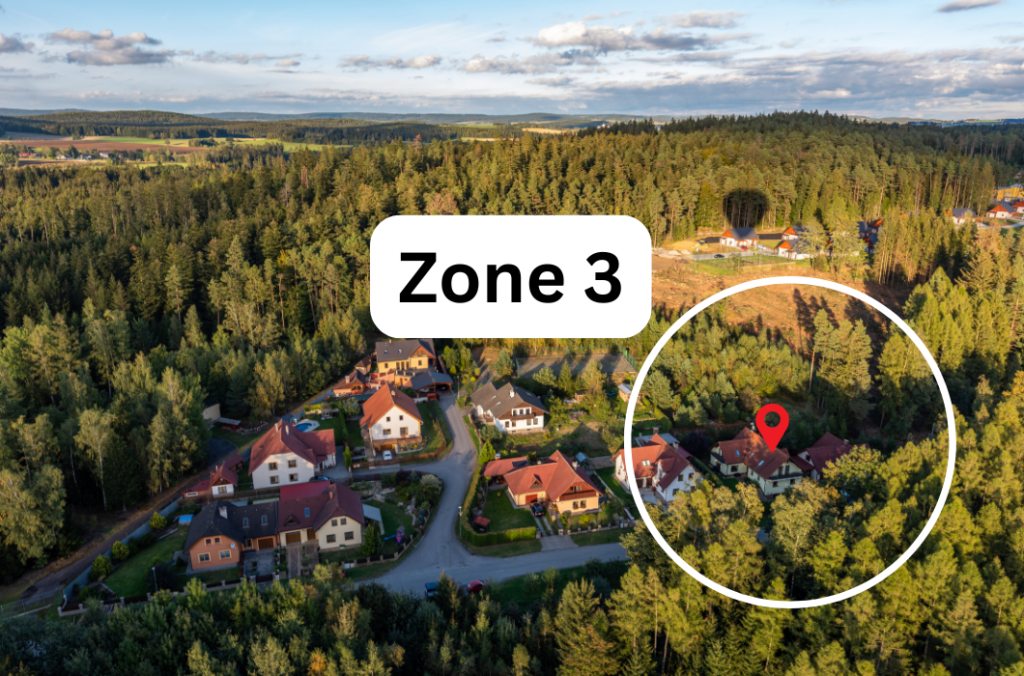
Zone 3: Extended Zone (100 feet and beyond)
- Objective: Manage this area to break up the continuity of vegetation.
- Actions:
- Maintain natural areas by removing highly flammable species and reducing debris.
- Create breaks in vegetation to disrupt the path of a wildfire.

Seasonal Maintenance Checklists
Maintaining your property’s defensible space is an ongoing task that varies by season:
- Winter: Focus on pruning overhanging limbs and clearing debris from roofs and gutters.
- Spring/Summer: Increase vigilance in cleaning up flammable debris, maintaining grass height, and managing shrub growth to prevent fires from advancing.
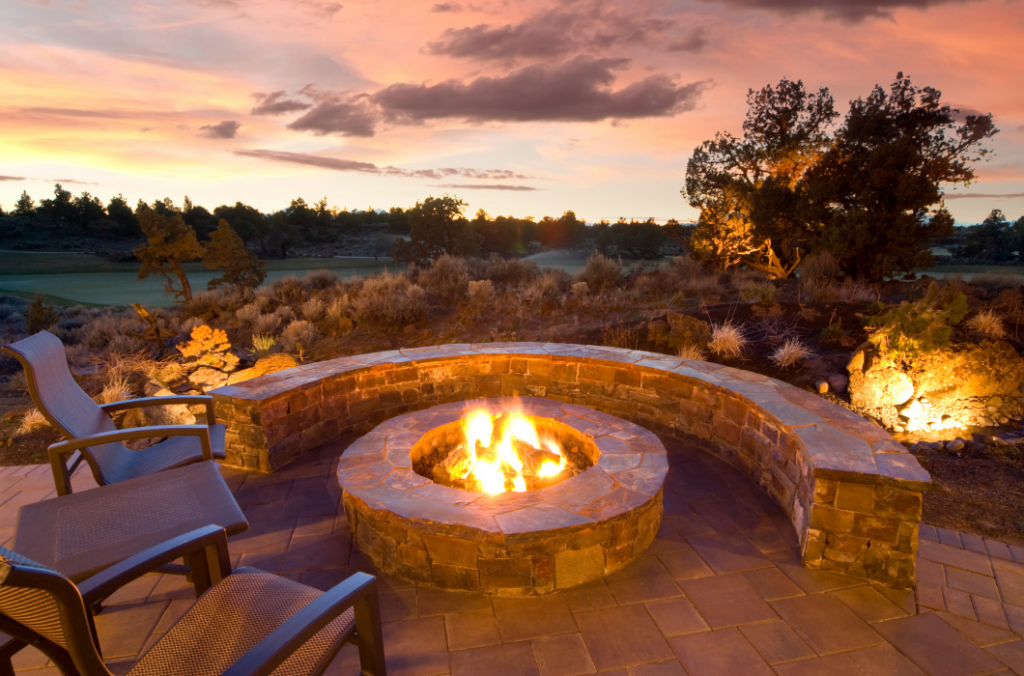
Implementing Fire-Safe Practices
To enhance your home’s defenses against wildfires, consider these additional strategies:
- Fire-Resistant Materials: Construct or renovate using materials that resist ignition. A resource like This Old House offers guidance on fire-resistant building materials.
- Smart Landscaping: Choose plants that are less likely to ignite. For a list of fire-resistant plants, visit Fire Safe Marin.
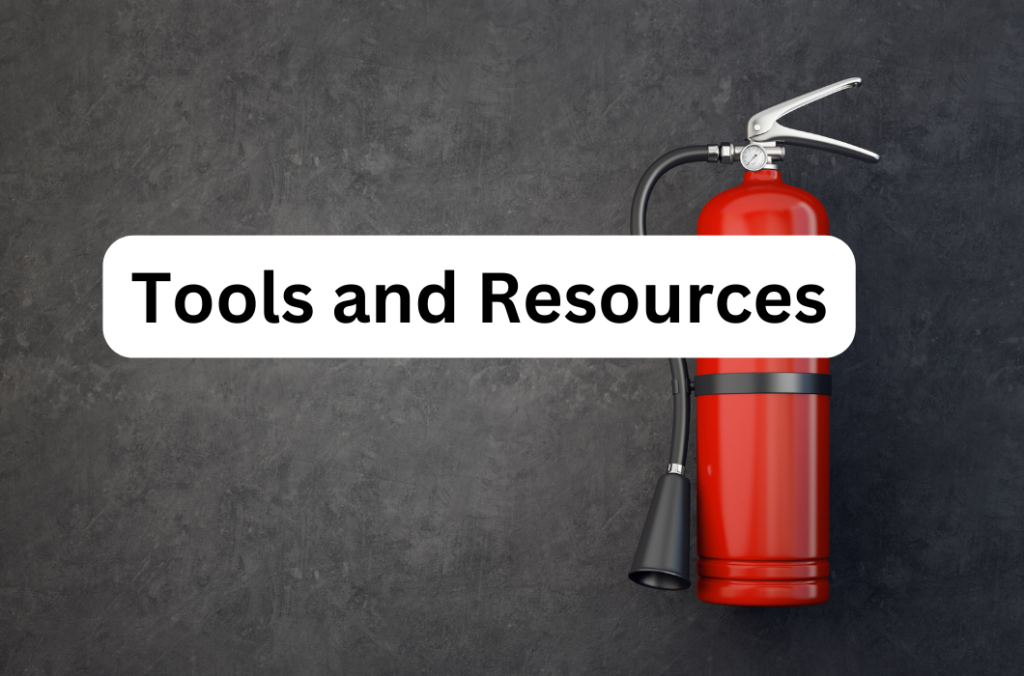
Tools and Resources
- Planning Tools: Access planning tools and educational materials at Firewise USA, which provide valuable resources for homeowners.
- Local Fire Safety Regulations: Always consult with local fire departments or forestry services for specific guidelines and assistance in your area like this one for Wyoming Fire Prevention – Fire Marshal’s – State of Wyoming and Wyoming Fire Safety.
Creating and maintaining defensible space is a critical strategy for homeowners in wildfire-prone areas. By following these guidelines and continuously adapting to environmental changes, you can significantly enhance your property’s resilience against wildfires and ensure the safety of your home and loved ones.


